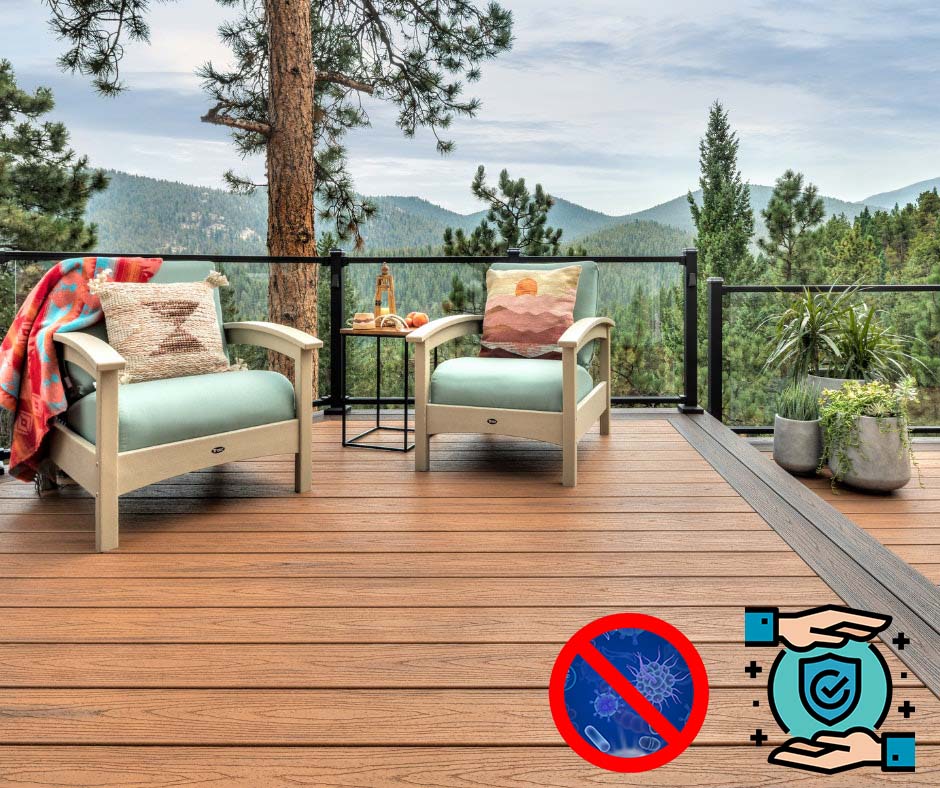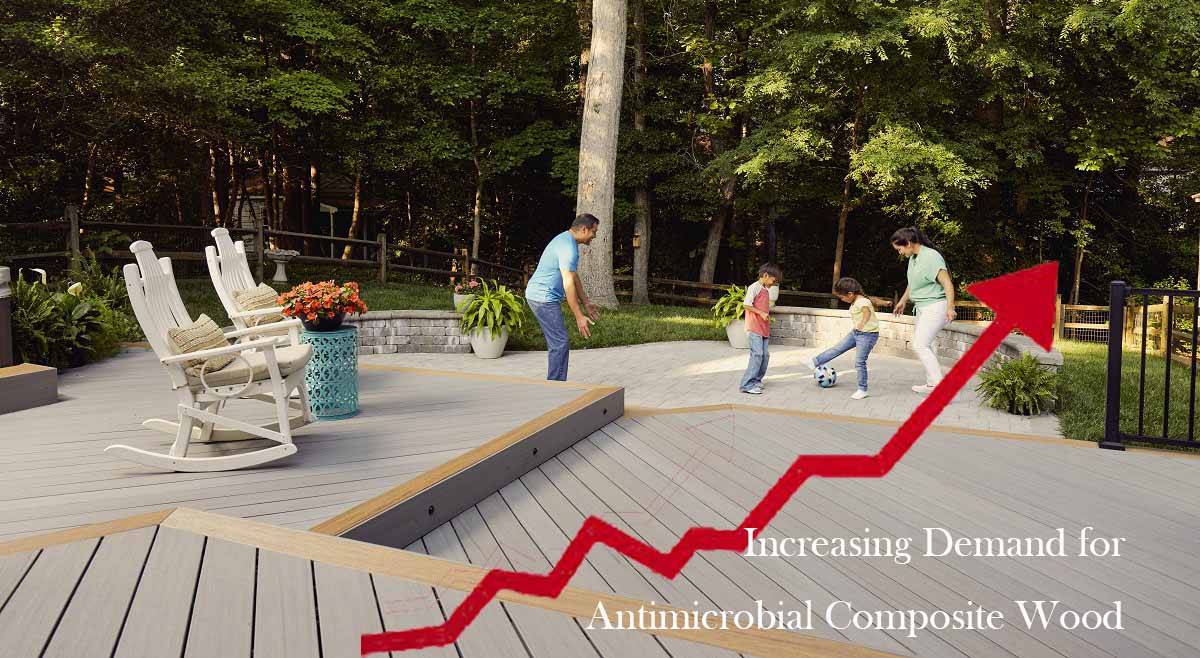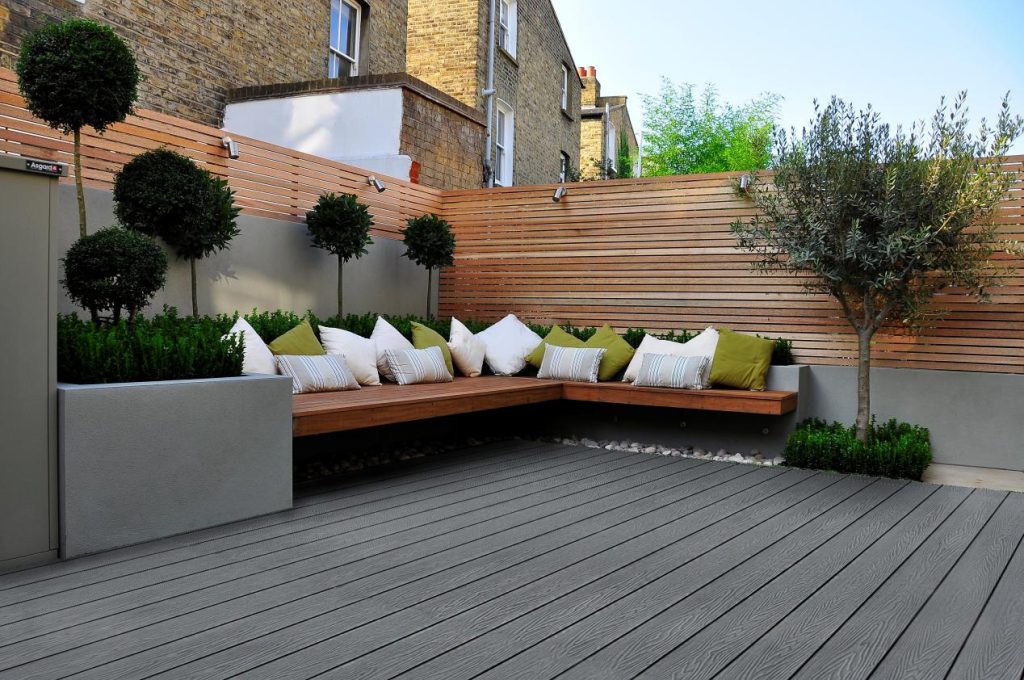
In the world of composite wood (WPCs), the initial belief was that the combination of plant-based fibers and a plastic matrix alone could ward off fungal attacks due to the innate waterproof and corrosion-resistant nature of plastics. However, the evolution of WPCs has revealed a different reality – the resistance to corrosion and microbes isn’t as robust as anticipated. Many types of fungi can infiltrate and degrade WPCs, compromising their quality and lifespan.
The Increasing Demands for Antimicrobial Composite Wood
As our living standards rise, demands for WPCs with enhanced functionality have grown. People now seek not only mold-resistant WPCs but also those with antimicrobial properties, especially in settings like hospitals, restrooms, and parks. To meet these needs, the integration of suitable antimicrobial agents into WPCs has emerged as a game-changer. By imbuing WPCs with anticorrosive and antibacterial effects through these agents, the longevity and market competitiveness of these materials can be significantly bolstered. This expansion aligns with the evolving health standards while also promising economic gains.
Antimicrobial agents can be categorized into four main types: inorganic, organic, polymer, and composite agents. Each type carries distinct mechanisms and effectiveness against pathogens. Incorporating these agents into composite wood has garnered attention to enhance both corrosion resistance and antibacterial properties, benefiting the composite’s overall performance.
As health consciousness escalates, the safety and environmental aspects of raw materials alone fall short. Functionalizing furniture and interior-exterior decor with antibacterial attributes has become an irreversible trend. However, due to varying mechanisms and pros and cons among antimicrobial agents, the effects on WPCs differ. Among these agents, polymer and composite variants have demonstrated superior antimicrobial properties, gaining favor among researchers worldwide.
4 Pivotal Aspects When Utilizing Antimicrobial Agents in Composite Wood
In forthcoming research on anticorrosive and antibacterial composite wood, selecting and utilizing antimicrobial agents should consider four pivotal aspects:
Environmental Friendliness: The chosen antimicrobial agent must pose no harm to the environment and mustn’t compromise the basic mechanical and water absorption properties of WPCs.
Outdoor Suitability: Since WPCs predominantly serve outdoor purposes, the antimicrobial agent should endure exposure to light. Enhanced antibacterial effects in outdoor public spaces are also a desirable trait.
Longevity and Sustainability: Given the extended life of WPC products, the antimicrobial agent must demonstrate durability and sustainability over time.
Temperature and Flame Resistance: As WPCs undergo high-temperature processing, the antimicrobial agent should withstand heat. Additionally, ensuring thermal stability and flame retardancy in the composite is vital.
In meeting these requirements, the future trajectory of research leans towards exploring innovative composite antimicrobial agents that blend organic-inorganic, organic-organic, or inorganic-inorganic compounds. These novel agents offer not only robust antimicrobial effects but also address the four pivotal aspects, aligning with the market’s heightened functional demands for WPCs.
The Future of Antimicrobial Composite Wood
In conclusion, the pursuit of advanced antimicrobial wood plastic composites is an endeavor that integrates innovation, durability, and hygiene. While the initial assumptions about WPCs fell short, the integration of antimicrobial agents has opened doors to enhanced material properties. These agents not only protect against corrosion and microbial threats but also extend the materials’ usefulness and adaptability to diverse environments. As our aspirations for healthier and more sustainable living spaces continue to evolve, the research and development in this realm are poised to provide solutions that resonate with both consumer demands and environmental considerations.










